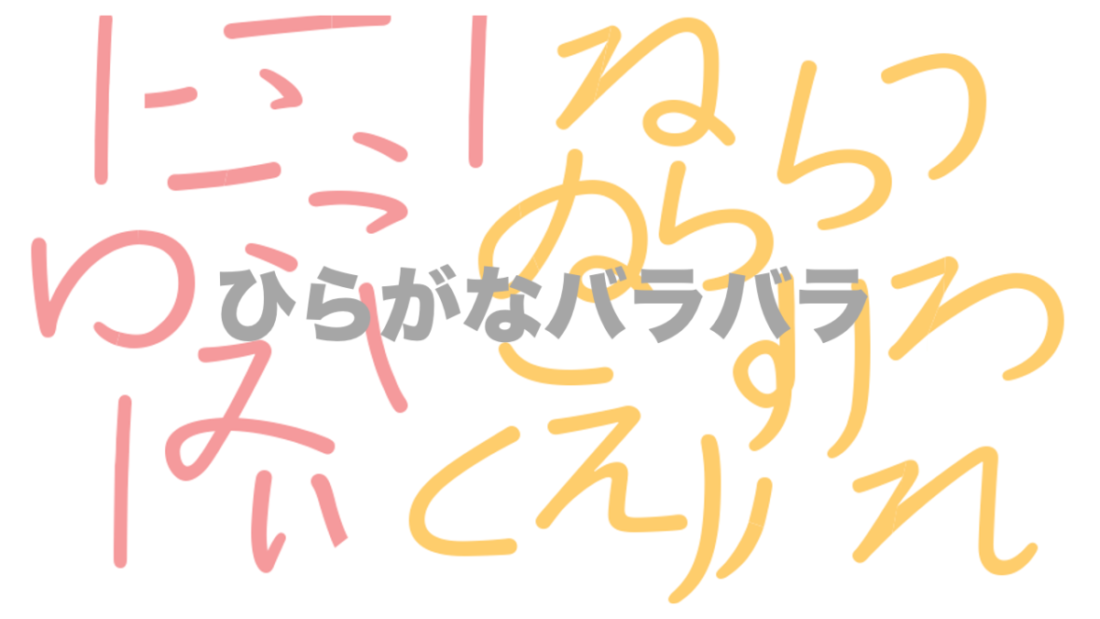画数順が色ごとにカラーコードされていますので、ビギナーの文字画数認識の第一段階にぴったりです。画数の順番を示す番号を追う事がまだまだ出来ないのが小学校低学年生なんです。
書き順を知ることは綺麗なひらがなを書く為にはとても重要です。楽しく、遊び感覚で練習をするためのとっておきのアクティビティーです。カラーコードテクニックはマストですね。先生にとっても運営が楽ですね。
実際のアクティビティーをする際は、画数ごとに分けてするのがお勧めです。でないと、バラバラになった画数が多すぎて、何がなんだかわからなくなります。フォーカスの文字を知っておくことがこのアクティビティーの成功に繋がります。下の動画は2画のひらがなを一画目のピンクを左に、二画目を右に置いて、まずは色分けしてから始める方法を動画にしたものです。
使い方は、PDFファイルをそのまま透明フィルムシートにコピー機を使ってプリントして、あとは線に沿って切ってカードを作り、生徒はチャートを見ながらストロークを組み立て文字を作ります。ワードドキュメントからは直接コピ&ペーストが出来るので、サイズを変えたり、自分で様々なアクティビティーが作成したり、使い方は無限です。
白黒バージョンも一緒に用意しました。
Teachers Pay Teachers からご購入頂けます。

こちらのカラーコードされたチャートはフリーでダウンロードできます。

The strokes are colour-coded by stroke order, making it perfect for the first stage activity of beginner’s letter stroke recognition. Lower primary students are not yet able to follow the numbers that indicate the stroke order.
Knowing the stroke order is very important for writing neat hiragana. This is a great activity to practice in a fun and playful way. The colour code technique is easy for the teacher to manage class activities. My students can’t follow number order but they can follow colours.
When doing the actual activity, it is recommended that you divide into groups by stroke number. Otherwise, there will be too many disjoint strokes and it will be hard to tell what is what. Knowing the focus letter will help your students succeed in this activity. The video below shows how to play this activity of two strokes of hiragana. Placing the first stroke of pink on the left and the second stroke on the right.
To use it, the PDF file is printed directly on a transparent film sheet using a copier, and then the cards are cut along the lines to make the cards, and the students look at the chart to assemble the strokes to make the letters. You can copy and paste directly from a word document, so you can change the size, create your own various activities, and the uses are endless.
A black and white version is also available together.
Available from Teachers Pay Teachers.

This colour coded chart is available as a free download.


